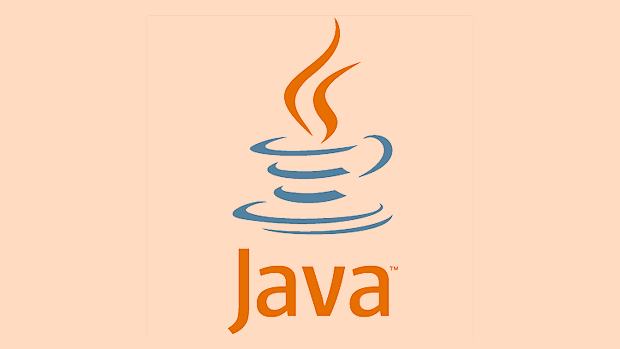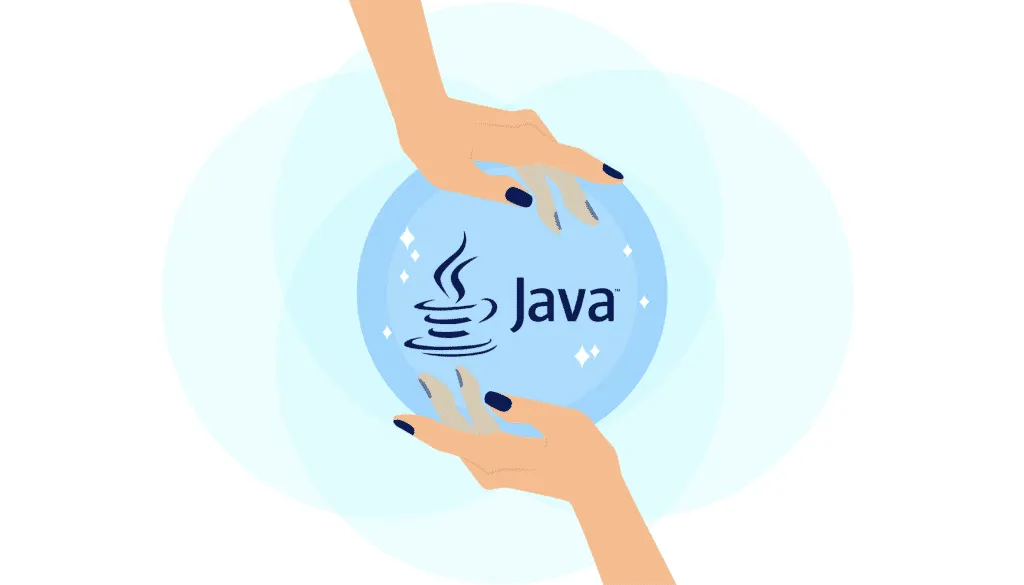Java 9 introduces module system (JPMS) to improve the code organization and dependency management of large-scale projects. The module declares export packages and dependencies through the module-info.java file. The core concepts include exports (exposed packages), requirements (declare dependencies), and opens (allow reflective access). Its advantages are reflected in stronger encapsulation, clearer dependency management and faster startup speed. The steps to use include creating module-info.java, explicit export and dependencies, and running the program with --module-path. Notes include module names that are unique, non-reliable, and support for gradual migration. Mastering the module system can help improve project maintainability and stability.

Java 9 introduces an important new feature: the module system (JPMS, Java Platform Module System). It emerged to better organize and manage code dependencies in large projects. Simply put, the module system allows developers to more clearly define which classes are exposed to the outside and which are used internally.

This is especially useful when building large applications or platforms. For example, the JDK that comes with Java is a good example - it is split into multiple modules, such as java.base, java.logging, etc., each module has a clear functional boundary.

What is a module?
A module is a collection of packages containing code and resources, and declares its content and dependencies through a file named module-info.java .
For example, a simplest module declaration is as follows:

module com.example.mymodule {
exports com.example.mymodule.utils;
} This module exposes the com.example.mymodule.utils package, and other modules can only use these classes if they explicitly refer to it.
The module has the following core concepts:
- exports : Specifies which packages can be accessed externally.
- requires : Declare other modules that the current module depends on.
- opens : Allows runtime reflection to access certain packages (but does not force compile-time checks).
Several key advantages of module systems
The benefits of module systems are mainly reflected in the following aspects:
Stronger encapsulation
By default, classes within packages can only be accessed inside the module, unless you explicitly declare open usingexports. This mechanism prevents the problem of "sneaking" access to non-public classes.Clearer dependency management
Userequiresto clarify the dependencies between modules and avoid the "Classpath Hell" problem. The compiler will check whether the dependency is satisfied during the compilation stage.Faster boot and lower memory footprint
After modularization, the JVM can load only the modules that are really needed, rather than the entire rt.jar (Java 8 and before), which is especially friendly for small device or container deployments.
How to get started with a module system?
If you are already familiar with the traditional Java project structure, then moving to a module system is not complicated. Here are a few key steps:
- Create
module-info.javafile as module descriptor. - Identify which packages should be exported and which classes should remain private.
- If your project relies on third-party libraries, make sure they also support modularity (or can be handled through an automatic module mechanism).
- Use
--module-pathinstead of--classpathto run a modular program.
For example, suppose you have a module project structure as follows:
src/
└── com.example.mymodule/
├── module-info.java
└── com/
└── example/
└── mymodule/
└── utils/
MyUtil.javaYou can compile and run it with the following command:
javac -d out src/com.example.mymodule/module-info.java src/com.example.mymodule/com/example/mymodule/utils/MyUtil.java java --module-path out -m com.example.mymodule/com.example.mymodule.utils.MyUtil
A few small details that are easy to ignore
- The module name must be unique , and it is recommended to use a method similar to domain name inversion, such as
com.companyname.projectname.modulename. - Modules cannot be cyclic dependencies , that is, A requires B, so B can no longer require A.
- Old projects can be gradually migrated without changing them all into modular structures at once. Automatic modules can be used to compatible with jar packages.
Basically that's it. Although the module system seems a bit complicated, it solves many long-standing problems in Java, especially in large project management and dependency control. Mastering it is very helpful for improving the maintainability and stability of your project.
The above is the detailed content of Introduction to the Java Module System (JPMS). For more information, please follow other related articles on the PHP Chinese website!

Hot AI Tools

Undress AI Tool
Undress images for free

Undresser.AI Undress
AI-powered app for creating realistic nude photos

AI Clothes Remover
Online AI tool for removing clothes from photos.

Clothoff.io
AI clothes remover

Video Face Swap
Swap faces in any video effortlessly with our completely free AI face swap tool!

Hot Article

Hot Tools

Notepad++7.3.1
Easy-to-use and free code editor

SublimeText3 Chinese version
Chinese version, very easy to use

Zend Studio 13.0.1
Powerful PHP integrated development environment

Dreamweaver CS6
Visual web development tools

SublimeText3 Mac version
God-level code editing software (SublimeText3)

Hot Topics
 Difference between HashMap and Hashtable?
Jun 24, 2025 pm 09:41 PM
Difference between HashMap and Hashtable?
Jun 24, 2025 pm 09:41 PM
The difference between HashMap and Hashtable is mainly reflected in thread safety, null value support and performance. 1. In terms of thread safety, Hashtable is thread-safe, and its methods are mostly synchronous methods, while HashMap does not perform synchronization processing, which is not thread-safe; 2. In terms of null value support, HashMap allows one null key and multiple null values, while Hashtable does not allow null keys or values, otherwise a NullPointerException will be thrown; 3. In terms of performance, HashMap is more efficient because there is no synchronization mechanism, and Hashtable has a low locking performance for each operation. It is recommended to use ConcurrentHashMap instead.
 What are static methods in interfaces?
Jun 24, 2025 pm 10:57 PM
What are static methods in interfaces?
Jun 24, 2025 pm 10:57 PM
StaticmethodsininterfaceswereintroducedinJava8toallowutilityfunctionswithintheinterfaceitself.BeforeJava8,suchfunctionsrequiredseparatehelperclasses,leadingtodisorganizedcode.Now,staticmethodsprovidethreekeybenefits:1)theyenableutilitymethodsdirectly
 How does JIT compiler optimize code?
Jun 24, 2025 pm 10:45 PM
How does JIT compiler optimize code?
Jun 24, 2025 pm 10:45 PM
The JIT compiler optimizes code through four methods: method inline, hot spot detection and compilation, type speculation and devirtualization, and redundant operation elimination. 1. Method inline reduces call overhead and inserts frequently called small methods directly into the call; 2. Hot spot detection and high-frequency code execution and centrally optimize it to save resources; 3. Type speculation collects runtime type information to achieve devirtualization calls, improving efficiency; 4. Redundant operations eliminate useless calculations and inspections based on operational data deletion, enhancing performance.
 What is an instance initializer block?
Jun 25, 2025 pm 12:21 PM
What is an instance initializer block?
Jun 25, 2025 pm 12:21 PM
Instance initialization blocks are used in Java to run initialization logic when creating objects, which are executed before the constructor. It is suitable for scenarios where multiple constructors share initialization code, complex field initialization, or anonymous class initialization scenarios. Unlike static initialization blocks, it is executed every time it is instantiated, while static initialization blocks only run once when the class is loaded.
 What is the Factory pattern?
Jun 24, 2025 pm 11:29 PM
What is the Factory pattern?
Jun 24, 2025 pm 11:29 PM
Factory mode is used to encapsulate object creation logic, making the code more flexible, easy to maintain, and loosely coupled. The core answer is: by centrally managing object creation logic, hiding implementation details, and supporting the creation of multiple related objects. The specific description is as follows: the factory mode handes object creation to a special factory class or method for processing, avoiding the use of newClass() directly; it is suitable for scenarios where multiple types of related objects are created, creation logic may change, and implementation details need to be hidden; for example, in the payment processor, Stripe, PayPal and other instances are created through factories; its implementation includes the object returned by the factory class based on input parameters, and all objects realize a common interface; common variants include simple factories, factory methods and abstract factories, which are suitable for different complexities.
 What is the `final` keyword for variables?
Jun 24, 2025 pm 07:29 PM
What is the `final` keyword for variables?
Jun 24, 2025 pm 07:29 PM
InJava,thefinalkeywordpreventsavariable’svaluefrombeingchangedafterassignment,butitsbehaviordiffersforprimitivesandobjectreferences.Forprimitivevariables,finalmakesthevalueconstant,asinfinalintMAX_SPEED=100;wherereassignmentcausesanerror.Forobjectref
 What is type casting?
Jun 24, 2025 pm 11:09 PM
What is type casting?
Jun 24, 2025 pm 11:09 PM
There are two types of conversion: implicit and explicit. 1. Implicit conversion occurs automatically, such as converting int to double; 2. Explicit conversion requires manual operation, such as using (int)myDouble. A case where type conversion is required includes processing user input, mathematical operations, or passing different types of values ??between functions. Issues that need to be noted are: turning floating-point numbers into integers will truncate the fractional part, turning large types into small types may lead to data loss, and some languages ??do not allow direct conversion of specific types. A proper understanding of language conversion rules helps avoid errors.
 What is synchronization?
Jun 24, 2025 pm 08:21 PM
What is synchronization?
Jun 24, 2025 pm 08:21 PM
Synchronizationistheprocessofcoordinatingtwoormorethingstostayaligned,whetherdigitalorphysical.Intechnology,itensuresdataconsistencyacrossdevicesthroughcloudserviceslikeGoogleDriveandiCloud,keepingcontacts,calendarevents,andbookmarksupdated.Outsidete






